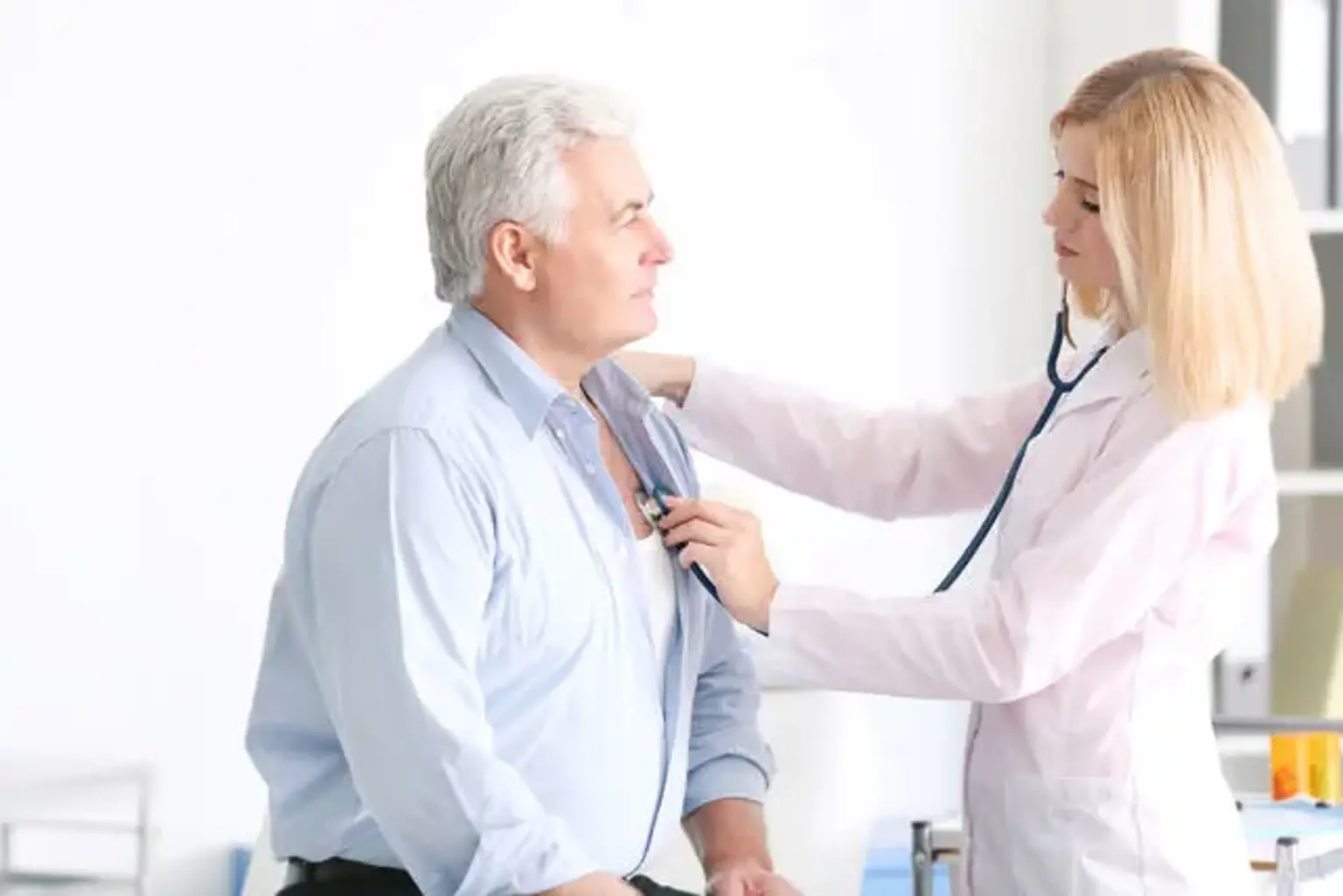Arrhythmia
Arrhythmia develops when the electrical impulses coordinating the heart pulses don't function well. As a result, your heart beats too quickly, too slow, or unevenly. Almost everyone experiences a minor arrhythmia at least once in a lifetime.
Heart arrhythmia can cause a fluttering or racing sensation in the chest that is usually harmless. On the other hand, some arrhythmias can create uncomfortable and even fatal signs and symptoms if not treated. If arrhythmia alters the normal blood circulation in the body, it might cause damages to the lungs, brain, and other essential organs.
